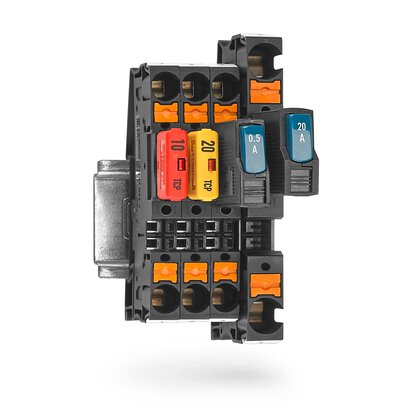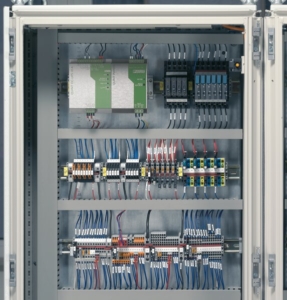Θερμικές Ασφάλειες
Thermal device circuit breakers
Thermal circuit breakers provide optimum protection against overload for your consumers in power distribution systems.
When the circuit breaker trips, the integrated switch function enables immediate reactivation.
Unlike a fuse, the circuit breaker does not need to be replaced.
The higher the overload, the faster the thermal device circuit breaker trips.
Your advantages
Thermal device circuit breakers
Function and design
Thermal device circuit breakers are normally tripped via a bimetal strip. In the event of a fault, the bimetal heats up and disconnects the circuit.
As a rule, the higher the overload, the faster the thermal device circuit breaker trips.
The devices can be switched on again at any time. Thermal device circuit breakers are available as pluggable versions.



